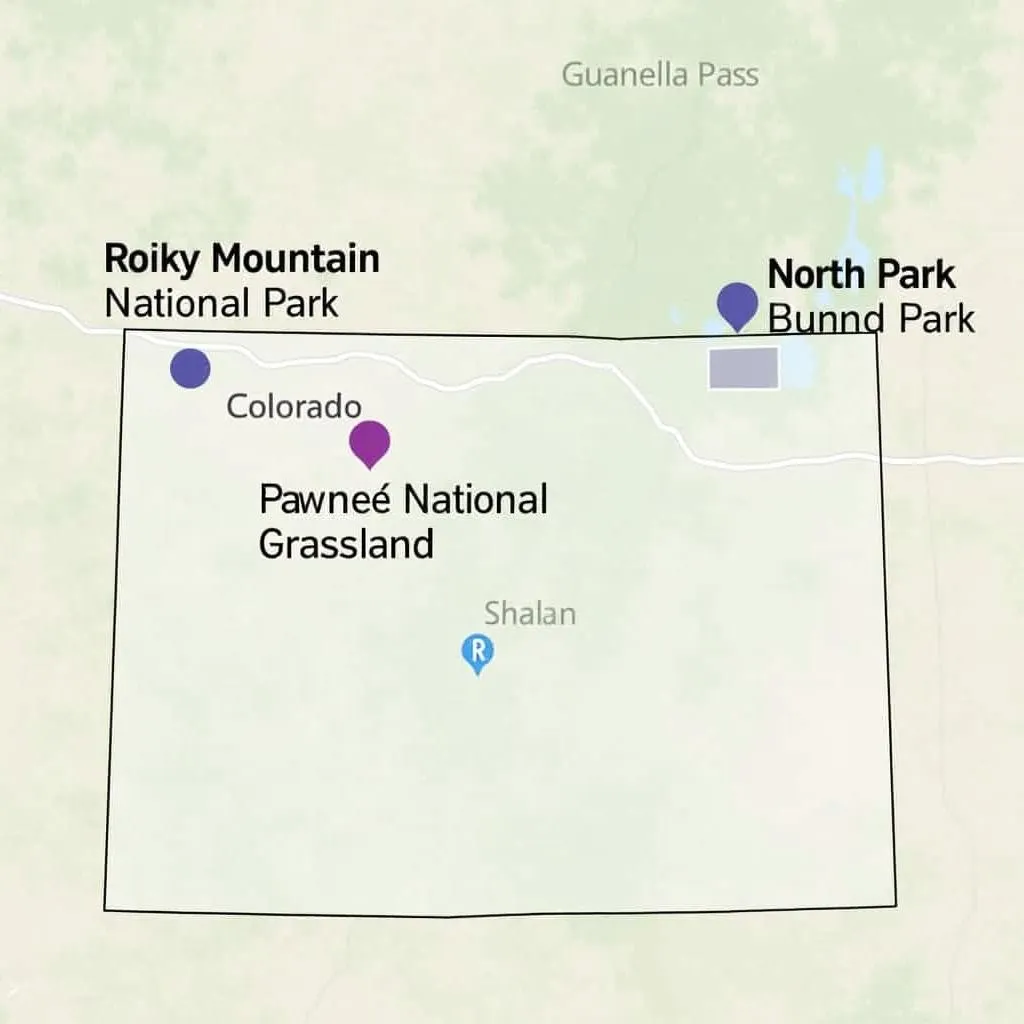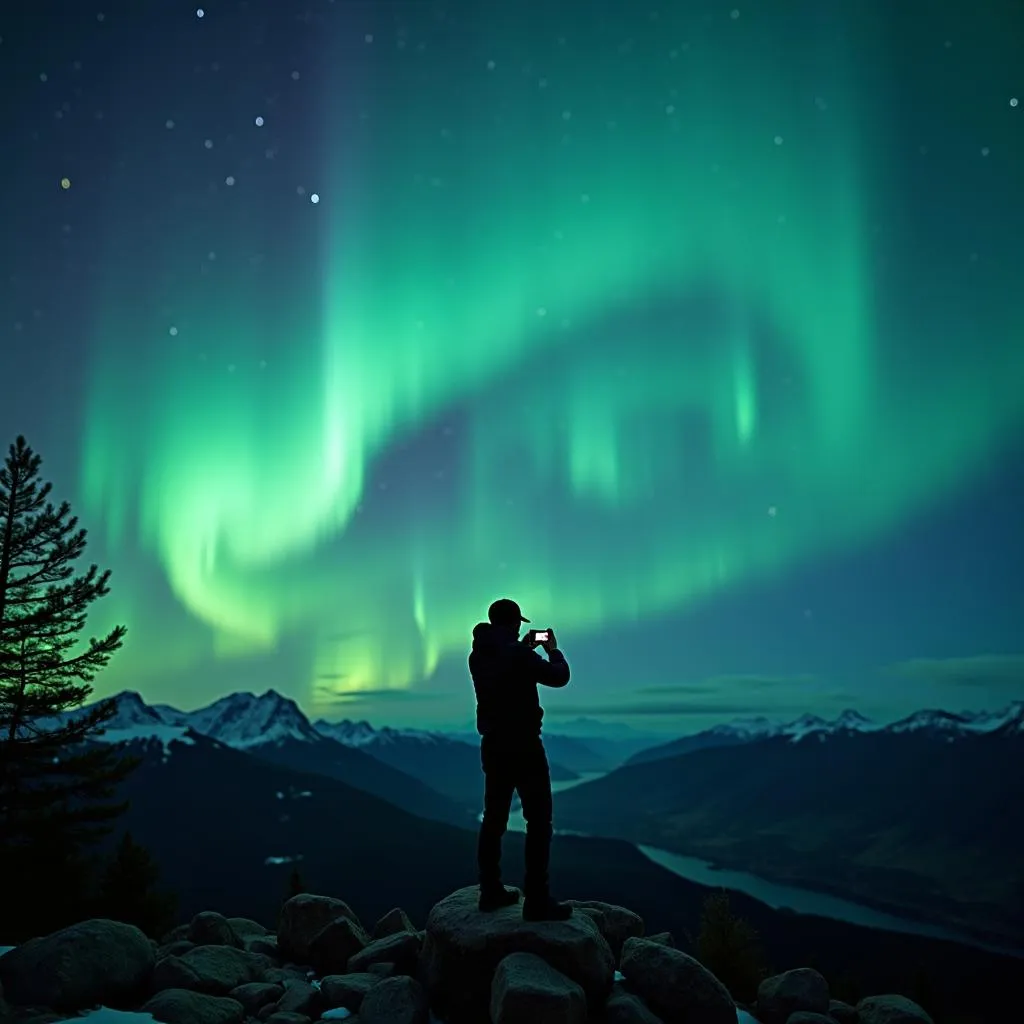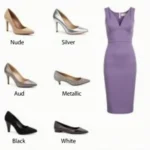Colorado, with its stunning Rocky Mountains and clear night skies, might seem like the perfect place to catch a glimpse of the elusive Northern Lights. However, seeing the aurora borealis in Colorado is a rare treat, unlike locations further north. While not impossible, it requires a specific set of conditions and a bit of luck.
Can You Really See the Northern Lights in Colorado?
Yes, it’s possible, but uncommon. The aurora borealis occurs when charged particles from the sun interact with Earth’s atmosphere. The intensity and reach of these auroras depend on the strength of solar flares and the earth’s magnetic field. For Colorado to experience the Northern Lights, the aurora activity needs to be very strong, pushing the aurora’s visibility further south than usual.
When is the Best Time to See the Aurora Borealis in Colorado?
Predicting the aurora borealis is difficult, but generally, the best time is during the spring and fall months, particularly around the equinoxes in March and September. During these periods, geomagnetic activity tends to be higher. Additionally, nights need to be clear and dark, meaning minimal light pollution and no cloud cover.
Where are the Best Places to See the Northern Lights in Colorado?
To maximize your chances, head to the northernmost parts of Colorado, away from city lights. Higher elevations are also beneficial as they provide clearer views of the horizon.
- Rocky Mountain National Park: This park offers stunning night skies with minimal light pollution.
- Pawnee National Grassland: The vast, open landscapes provide unobstructed views of the horizon.
- North Park: This remote valley in north-central Colorado is known for its dark skies.
- Guanella Pass: A high mountain pass offering panoramic views, perfect for aurora viewing.
 Map of Colorado highlighting potential aurora viewing locations
Map of Colorado highlighting potential aurora viewing locations
Tips for Seeing the Aurora Borealis in Colorado
- Check Space Weather Forecasts: Websites like the Space Weather Prediction Center provide real-time updates and forecasts on aurora activity.
- Be Patient: The aurora borealis can be fickle. Be prepared to wait for hours, as the lights can appear and disappear quickly.
- Dress Warmly: Even in the warmer months, Colorado nights can get very cold.
- Bring Binoculars or a Camera: While often visible to the naked eye, binoculars can enhance the colors and details. A camera with manual settings can capture stunning photos of the lights.
 Person photographing the aurora borealis in the Colorado mountains
Person photographing the aurora borealis in the Colorado mountains
What to Expect
Don’t expect the vibrant, dancing displays often seen in photographs. In Colorado, the aurora borealis usually appears as a faint, white glow on the horizon. However, with strong activity, you might be lucky enough to witness colorful bands and even some movement.
A Worthwhile Endeavor
While seeing the aurora borealis in Colorado is a rare event, the experience of witnessing this celestial phenomenon, even in its subtler form, is truly unforgettable. So, the next time you’re in Colorado and the conditions are right, venture out into the darkness and try your luck at catching a glimpse of the magical Northern Lights.

